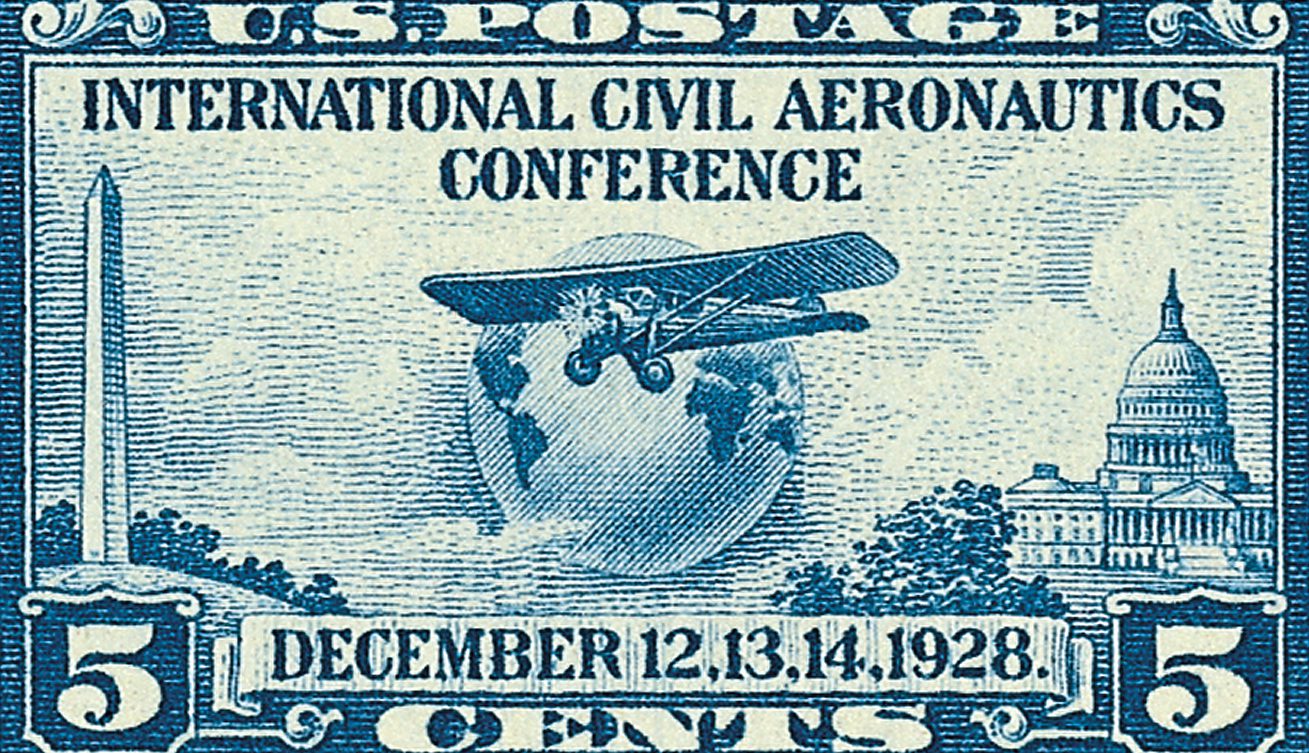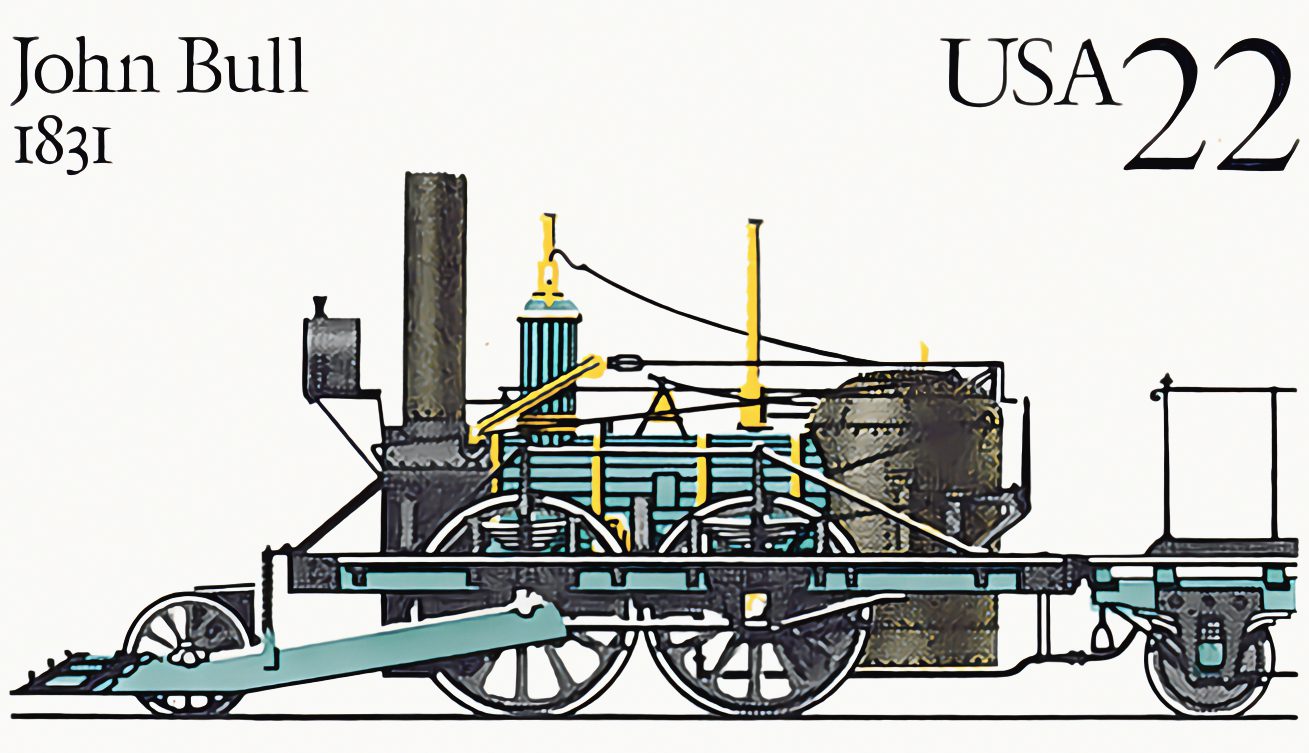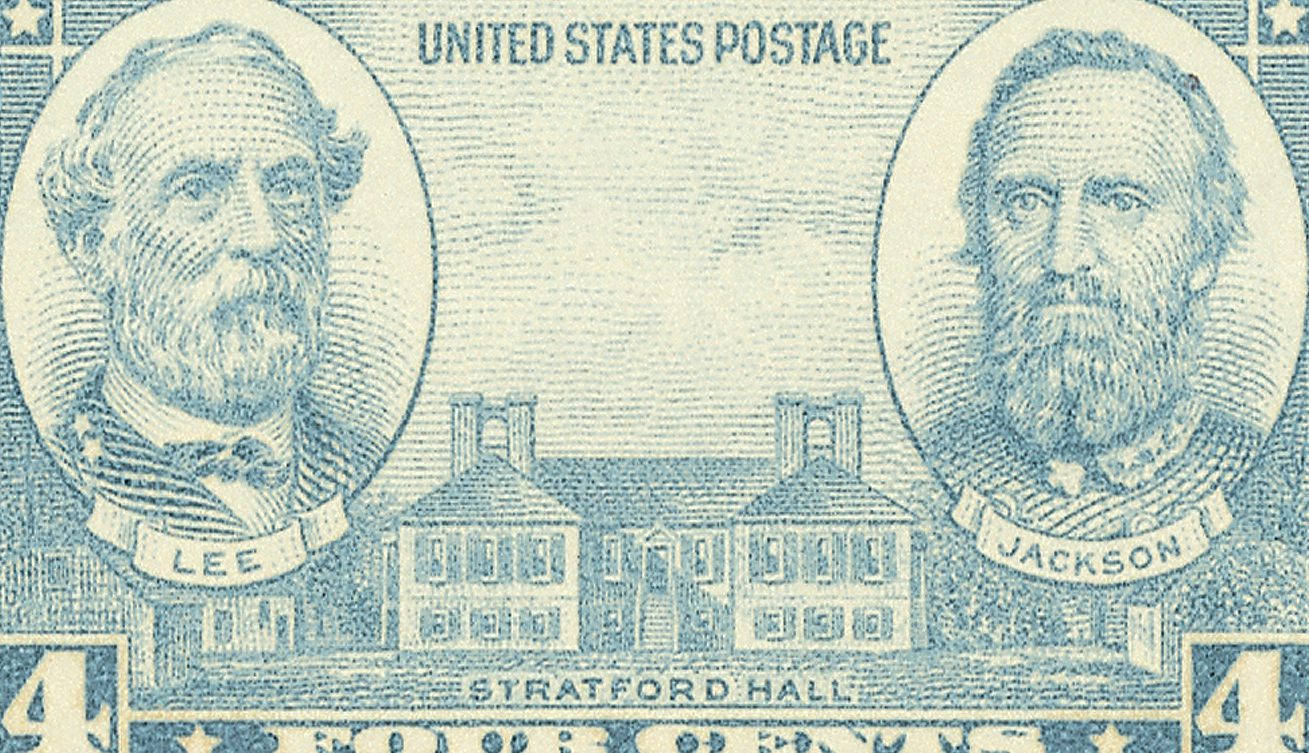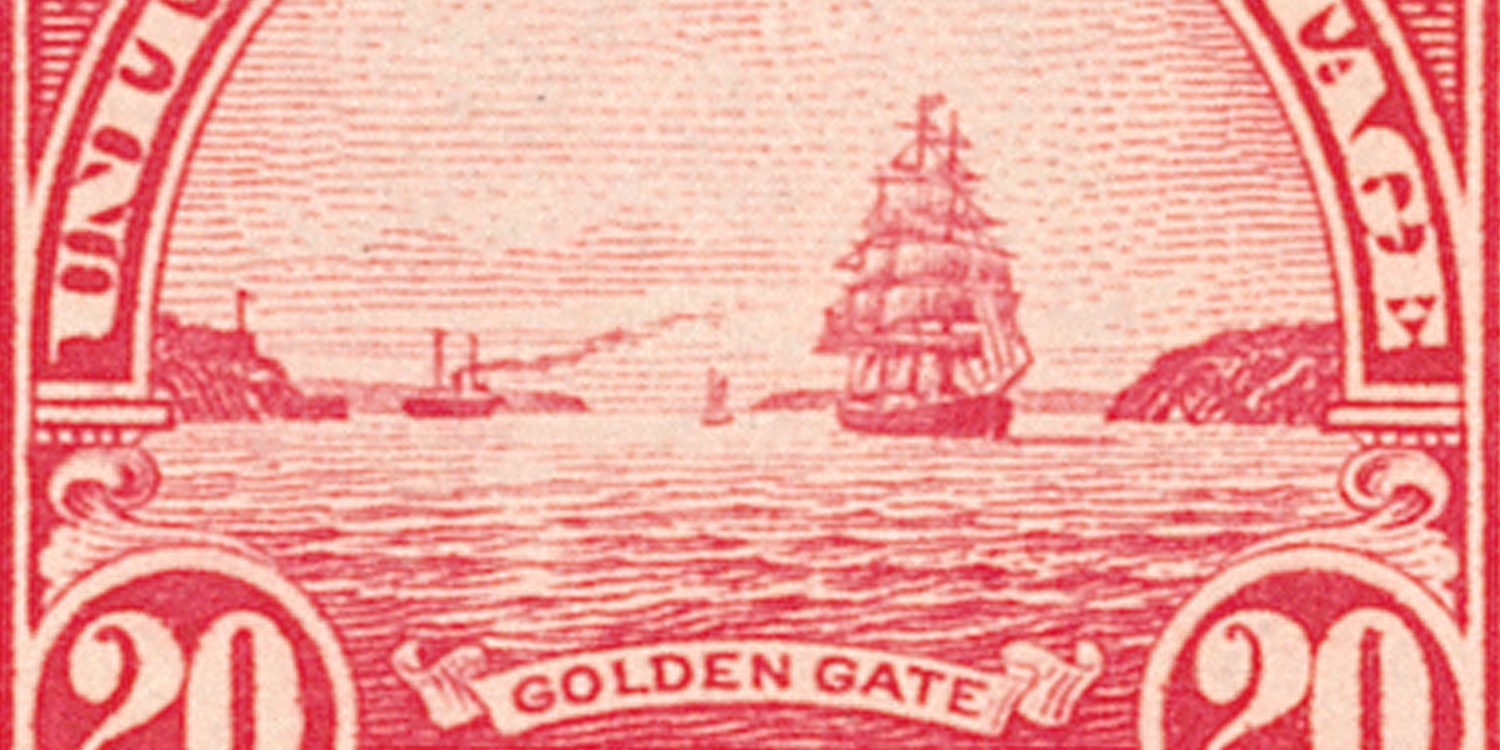The International Civil Aeronautics Conference
A quarter-century after the Wright brothers first left the ground at Kitty Hawk, the world’s aviation leaders gathered in Washington, DC, to decide just how far—and how fast—human flight could go next. On December 12, 1928, the International Civil Aeronautics Conference opened with a bold mission: to celebrate the past, assess the present, and imagine a future where airplanes would shrink oceans, reshape economies, and bring nations closer together.









